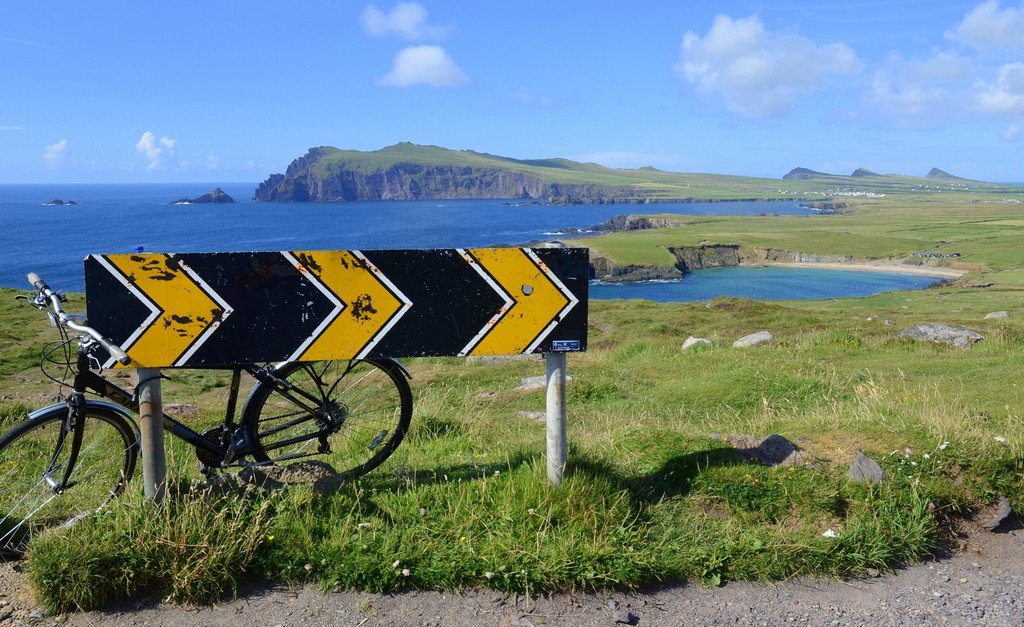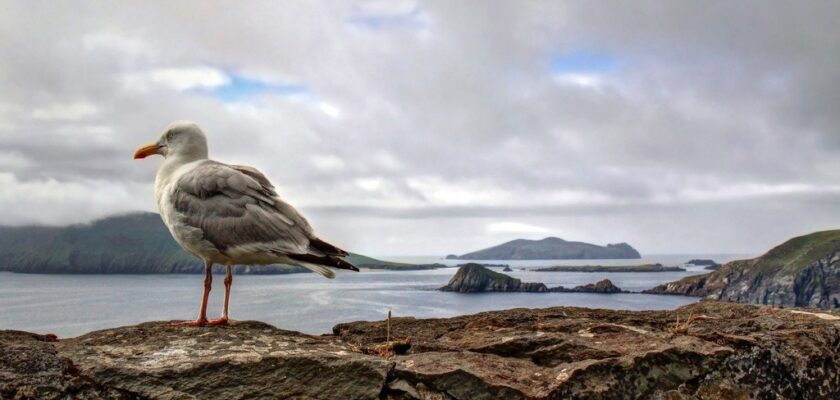Dingle Peninsula
The Dingle Peninsula in southwestern Ireland is the northernmost of five peninsulas that jut into the waters of the Atlantic like the fingers of a hand, and Cape Dunmore Head is known as the westernmost point of the Irish mainland. Each of the peninsulas has mountain ranges, and the Dingle Peninsula has the Slieve Mish Mountains. The highest peak is Brandon at 953 m, Ireland’s second highest peak.










General Information
The peninsula is known for its magnificent scenery and stunning monuments from the early Christian era, Iron Age fortifications and picturesque gorges. Dingle is a wonderfully situated village at the foot of Mount Ballysitterach. Fishing boats still congregate in the almost cape-enclosed harbor, so you could consider the village an ideal base for antiquities viewing on the peninsula. The main attraction is the Fanzhi dolphin, which has lived in the bay since 1984.
